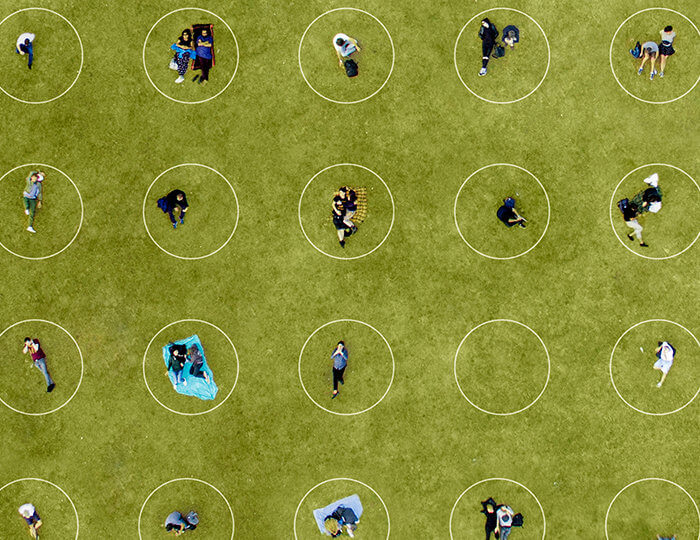NEWS • 2020-08-31
Exhibition: Tipping Points
For the fourth year in a row, the Beijer Institute is collaborating with Beckmans School of Design and Swedish Design firm Svenskt Tenn, in an exhibition where students in Visual Communication with humor, imagination and empathy interpret Beijer Institute research, this year specifically on tipping points.

Photo: Lisa Åsberg
Among other things, the visitors can see new warning labels for everyday products, drawing customers’ attention to the climate impact, they can visit a museum of materialism and say a collective goodbye to it, and in several games, both digital and analog, reflect on what consequences individual actions have in a larger perspective.
The exhibition is shown in Svenskt Tenn’s store in Stockholm 8-21 September.
Tipping points – when systems tips over into a new state
Nature is often exposed to gradual environmental impact, but ecosystems do not always respond with gradual change. Instead, they become more sensitive to sudden events, such as storms, floods, and fires, which can cause them to suddenly tip over into a whole new state, which can be very difficult and expensive, or even impossible, to get out of. The consequences can be extensive for the ecosystem, as well as for human life and society. With knowledge of what leads to a tipping point, the warning signals can be picked up in time to avoid them occurring.
Visual communication as research communication
-It is very inspiring to be part of the creative process when the students take on the task. They possess completely different knowledge of design and form than what we in the research world have access to. Our hope is that their ingenious, beautiful and thought-provoking works will contribute to more knowledge and interest in complex environmental issues and reach new groups through this fantastic opportunity to exhibit at Svenskt Tenn, says Agneta Sundin, communicator at the Beijer Institute.
For students, it is a course that explores how visual communication can help communicate research.
-For the students, it is both an exercise in research, to absorb a complex material, and in design – to find ways to visualize parts of that material. For us, it is a fantastic opportunity to work with such up-to-date and important material, directly from the researchers themselves. This year, the students and researchers have worked even closer, which the visitor can see in films where the researchers comment on the students’ work – a feedback loop to paraphrase one of the concepts we learned, says Samira Bouabana, program manager Visual Communication at Beckmans.
NEWS



